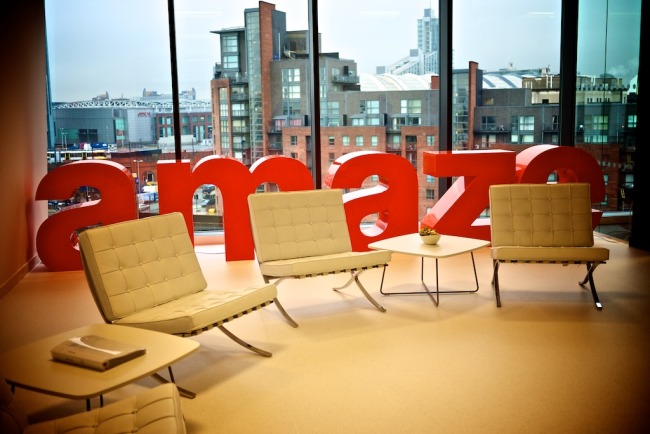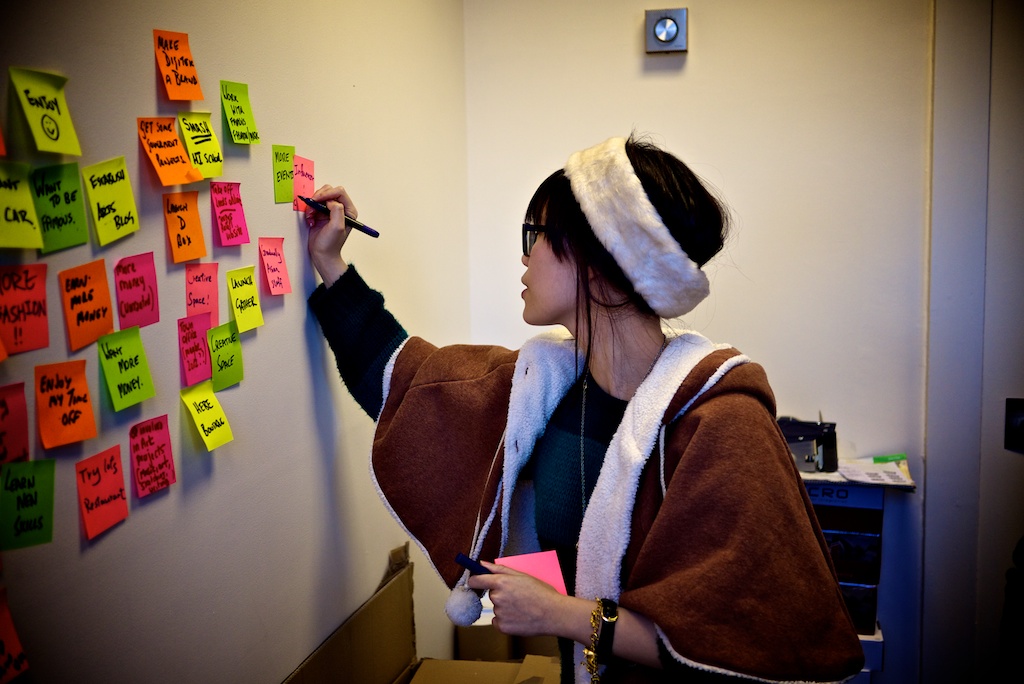In a word...
 Friday, July 1, 2011 at 4:25PM
Friday, July 1, 2011 at 4:25PM
LAST WEEK'S FLYING TEXT ART PROJECT IN THE SKIES OVER LEEDS, GHOST CARGO, MARKED THE FINAL CHAPTER IN A PROJECT WE HAVE BEEN WORKING ON FOR MORE THAN 18 MONTHS. IN A WORD... BEGAN LIFE AS A CONVERSATION WITH ARTS COUNCIL ENGLAND ABOUT HOW TO STIMULATE SUPPORT FOR ARTISTS WORKING IN THE YORKSHIRE REGION, WHO APPROACH WRITING AS AN "INTERDISCIPLINARY ACT", AND BECAME A PROGRAMME OF EVENTS AND EXHIBITIONS CREATED IN COLLABORATION WITH AN INTERNATIONAL NETWORK OF INDIVIDUALS AND ORGANISATIONS.
There have always been two sides to this project. On the one hand we hoped that, by creating space for new projects (or contributing to existing ones) and by bringing people together around the work, the project would be a catalyst for self-sustaining network of people approaching writing in an variety of way. On the other hand, we wanted to approach the project as 'living research', where events and exhibitions provided a social space, where we could meet with artists, arts organisations and their audiences, and learn. That learning would then be passed on to the arts council, and would help to inform decisions about how they contribute to the development of a thriving writing scene, beyond established forms of literature and script writing.
Here are some of the things we did:
- Produced a major exhibition of 'Conceptual Writing' at Shandy Hall, Coxwold (once the home of Laurence Sterne, author of The Life and Opinions of Tristram Shandy, Gentleman). The Perverse Library exhibition ran for a month and received coverage in the national press.
- Supported a series of publication launches by York-based artist publishing outfit information as material, including the launch of a new film about a former Northern Art Prize winner, Pavel Buchler.
- Helped information as material secure a yearlong residency at The Whitechapel Gallery, one of London's leading art galleries.
- Worked with The Other Room and Leeds Art Gallery to host POETRY NIGHT, and evening of readings and performances by four world renowned poets, including sound artist Steve McCaffery.
- Collaborated with internationally acclaimed artist Caroline Bergvall on Ghost Cargo, a flying text art project in the skies over Leeds, delivered as part of the 60th Refugee Week celebrations and in partnership with Leeds Art Gallery.
- Launched a new publication, RITE, showcasing work by 19 artists and writers, many of them from Yorkshire. The event was held in March 2010 at Project Space Leeds who, along with New Work Network and Open Dialogues, were invaluable partners on the project.
- Commissioned two new pieces of live performance work for the launch, by three RITE contributors. One of these pieces has gone on to have a life of it's own, and has been shown at several galleries around the UK.
- Initiated How is art writing?, a programme of artist hosted dinners curated by Bradford-based writer, Rachel Lois Clapham.
- Agreed a partnership with Critical Writing Network and Alison Andrews, towards the publications of a Field Guide to writing in Yorkshire. This will be published in summer 2011, and will include a directory of regionally based writing artists.
We've learned an enormous amount, and identified a number of challenges facing the development of writing. A series of recommendations for future action have been submitted to the arts council, and the project will now take on a life of it's own, as responsibility for future programming is distributed across the network it has been the catalyst for. We look forward to remaining involved, albeit from more of a distance, and to future collaborations with artists who like to work with words!








